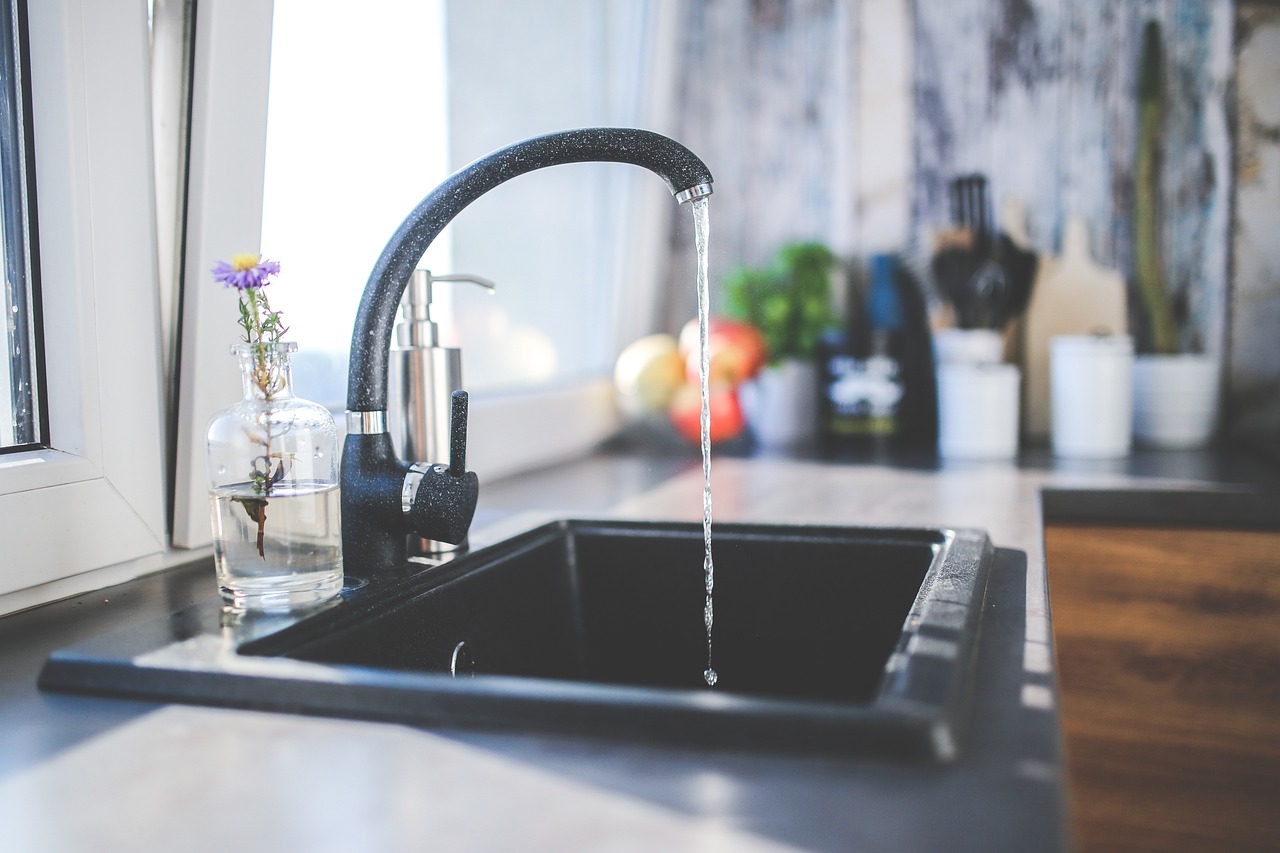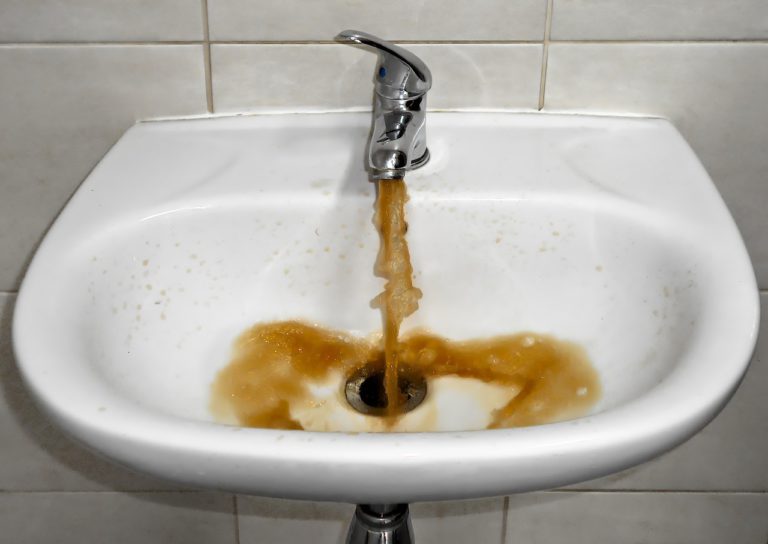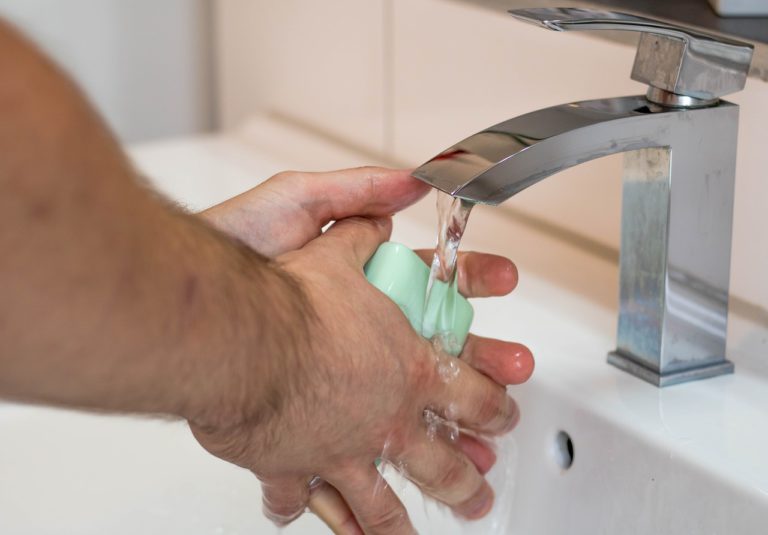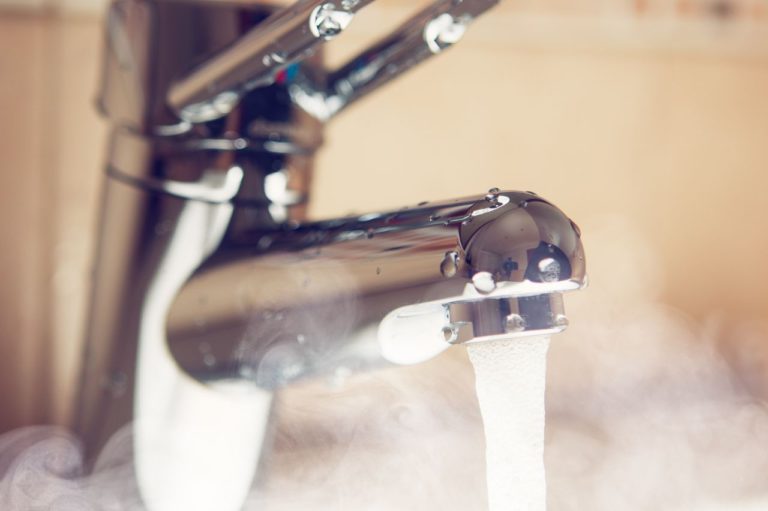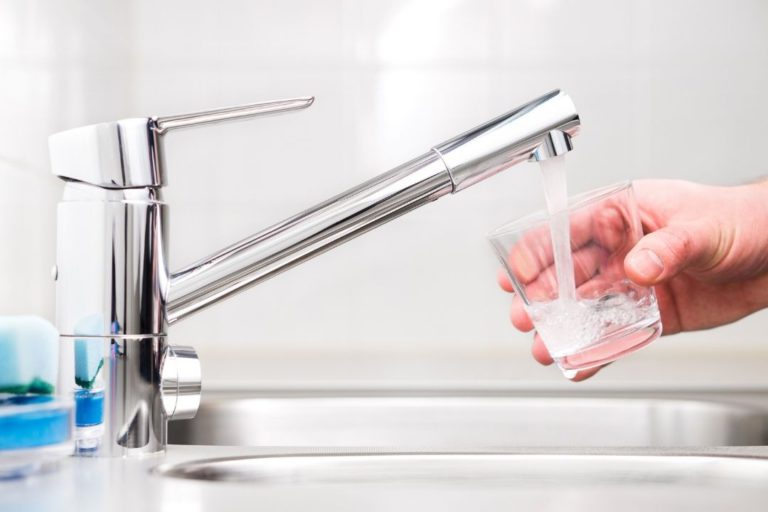How to Remove Chloramine from Tap Water
Say goodbye to chloramine in your tap water! Our ultimate guide has everything you need for clean, refreshing water at home. Chloramine, a mix of chlorine and ammonia, is commonly used to disinfect tap water but can leave an unpleasant taste and smell. Discover effective methods to remove chloramine, from simple carbon filters to advanced reverse osmosis systems. We’ll explore each method’s pros, cons, and effectiveness in removing chloramine. Find out how to test your water and debunk common misconceptions. Get ready to elevate your drinking and cooking with pure, delicious water by following our guide!
What is chloramine and why is it in tap water?
Chloramine is a disinfectant commonly used in water treatment plants to kill bacteria and other microorganisms. It is formed by combining chlorine and ammonia, creating a more stable and longer-lasting disinfectant compared to chlorine alone. The primary reason for using chloramine in tap water is to prevent the growth of harmful bacteria and ensure the water remains safe to drink.
Although chloramine is an effective disinfectant, it can have some downsides. One of the main concerns is its taste and odor, which many people find unpleasant. Additionally, some studies suggest that long-term exposure to chloramine may have adverse health effects. It is important to understand the potential risks associated with chloramine in tap water and take appropriate measures to remove it if desired.
Chloramine vs. chlorine: What’s the difference?
Both chlorine and chloramine are used as disinfectants in tap water, but they have some differences. Chlorine is a strong and volatile disinfectant that rapidly dissipates from water, while chloramine is more stable and provides longer-lasting disinfection. Chloramine also has a milder taste and odor compared to chlorine. However, chloramine is more difficult to remove from water compared to chlorine. Understanding the differences between chlorine and chloramine is essential when choosing a water filtration system.
How to test for chloramine in tap water
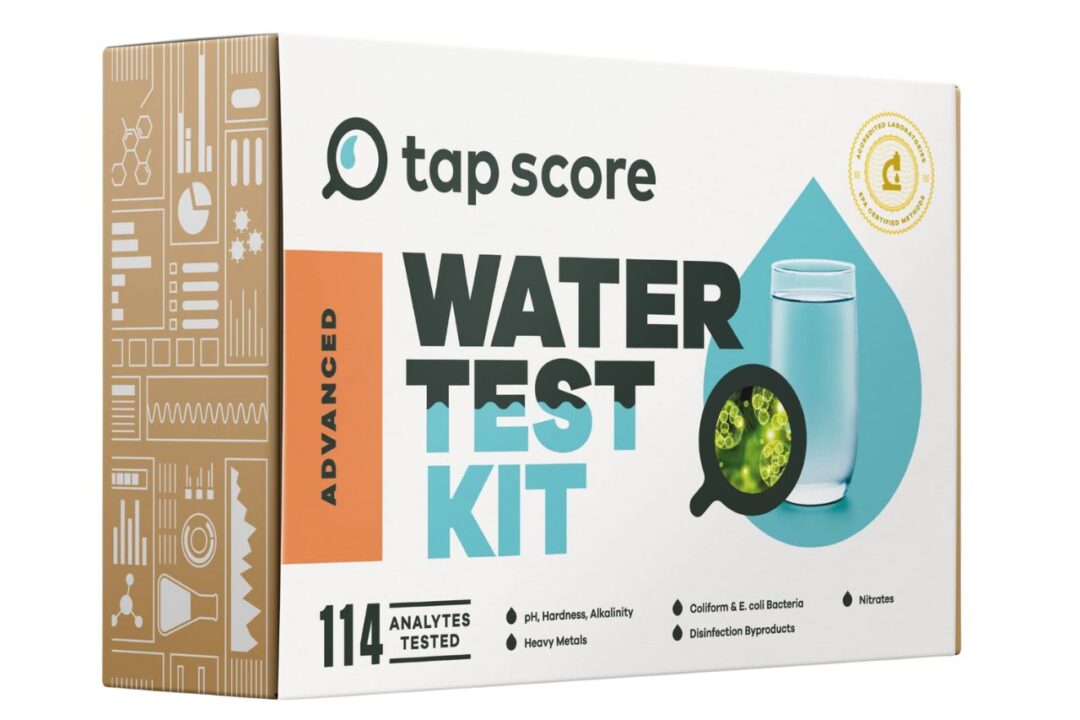
To determine if your tap water contains chloramine, you can use a simple test kit or send a sample to a certified laboratory for analysis. Test kits are readily available and easy to use. They typically involve adding a few drops of a testing solution to a water sample and observing a color change. The color change indicates the presence or absence of chloramine in the water. If you prefer a more accurate analysis, you can send a water sample to a laboratory for testing. This option may be necessary if you require precise information about the concentration of chloramine in your tap water.
Testing your tap water for chloramine is an essential step in understanding the quality of your water and determining whether you need to take action to remove chloramine.
The dangers of drinking chloramine-contaminated water
While chloramine is used to disinfect tap water and kill harmful bacteria, it is important to be aware of the potential risks associated with drinking chloramine-contaminated water. Some studies suggest that chloramine may have adverse health effects, particularly when consumed over the long term. These effects may include respiratory issues, gastrointestinal problems, and even certain types of cancer. However, it is important to note that the evidence regarding the health effects of chloramine is still inconclusive, and more research is needed to fully understand its potential risks. Nevertheless, it is always better to err on the side of caution and take steps to remove chloramine from your tap water if you are concerned about its potential health effects.
Ways to remove chloramine from tap water
There are several effective methods to remove chloramine from tap water. The choice of method depends on various factors, including your budget, the level of chloramine in your water, and your specific needs. Here are some common methods for removing chloramine:
1. Activated carbon filters: Activated carbon filters are a popular and affordable option for removing chloramine from tap water. These filters use activated carbon, which has a large surface area and can effectively adsorb chloramine molecules. However, the effectiveness of activated carbon filters may vary depending on the quality of the filter and the flow rate of water. It is important to choose a high-quality filter and replace it regularly to maintain its effectiveness.
2. Reverse osmosis systems: Reverse osmosis systems are more advanced and comprehensive solutions for removing chloramine from tap water. These systems use a combination of filters and a semipermeable membrane to remove a wide range of contaminants, including chloramine. Reverse osmosis systems are highly effective in removing chloramine, but they can be more expensive and require professional installation.
3. Water distillation: Water distillation involves boiling water and condensing the steam to remove contaminants, including chloramine. This method is effective in removing chloramine but can be time-consuming and may require additional equipment.
4. Dechlorination tablets: Dechlorination tablets can be used to remove chloramine from smaller volumes of water, such as in fish tanks or aquariums. These tablets release chemicals that neutralize chloramine, making the water safe for aquatic life.
Choosing the best water filtration system for removing chloramine

Selecting the best water filtration system for removing chloramine depends on various factors, including your budget, water usage, and personal preferences. It is essential to consider the following factors when choosing a water filtration system:
1. Filtration efficiency: Look for a filtration system that has been specifically tested and certified for chloramine removal. This ensures that the system is effective in removing chloramine from tap water.
2. Maintenance and replacement: Consider the maintenance requirements and replacement schedule of the filtration system. Some systems require regular filter replacements, while others may require periodic cleaning or maintenance.
3. Water flow rate: Determine the water flow rate required for your household and choose a filtration system that can meet your needs without compromising the effectiveness of chloramine removal.
4. Cost: Consider the initial cost of the filtration system, as well as any ongoing maintenance or replacement costs. It is important to find a system that fits within your budget while still providing effective chloramine removal.
DIY methods to remove chloramine from tap water
If you prefer a more DIY approach, there are a few methods you can try to remove chloramine from tap water. While these methods may not be as effective as specialized water filtration systems, they can still offer some level of chloramine removal. Here are a few DIY methods to consider:
1. Boiling and aerating: Boiling tap water for a few minutes and then letting it cool can help to remove some of the chloramine. Additionally, aerating the water by pouring it back and forth between containers can further assist in the removal of chloramine.
2. Vitamin C filters: Vitamin C filters, commonly used in showerheads, can also be effective in removing chloramine. These filters contain ascorbic acid, which neutralizes chloramine. While they may not be suitable for whole-house water filtration, they can be a convenient option for reducing chloramine in shower water.
3. Activated carbon pitchers: Activated carbon pitchers can help to reduce the taste and odor of chloramine in drinking water. These pitchers contain a replaceable activated carbon filter that can adsorb chloramine molecules.
Other uses of chloramine in water treatment
Apart from its use as a disinfectant in tap water, chloramine has other applications in water treatment. It is commonly used to disinfect swimming pools and spas, as well as to treat wastewater. Chloramine is also used in some industries, such as the food and beverage industry, for its disinfectant properties. It is important to distinguish between the different uses of chloramine and understand its potential risks and benefits in each context.
Conclusion: Ensuring safe and clean tap water for you and your family
In conclusion, chloramine in tap water can cause unpleasant taste and odor, and there may be potential health risks associated with its consumption. Fortunately, there are several effective methods to remove chloramine from tap water, ranging from simple activated carbon filters to more advanced reverse osmosis systems. It is essential to test your tap water for chloramine and choose a water filtration system that suits your needs and budget. Whether you opt for a DIY method or invest in a specialized filtration system, saying goodbye to chloramine will ensure that you and your family can enjoy clean, refreshing water in your home. Take the necessary steps to remove chloramine from your tap water and elevate your drinking and cooking experience to the next level.

